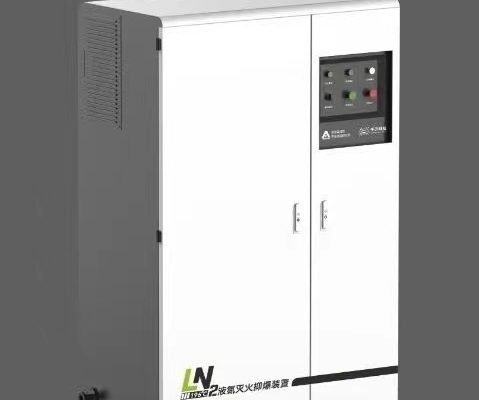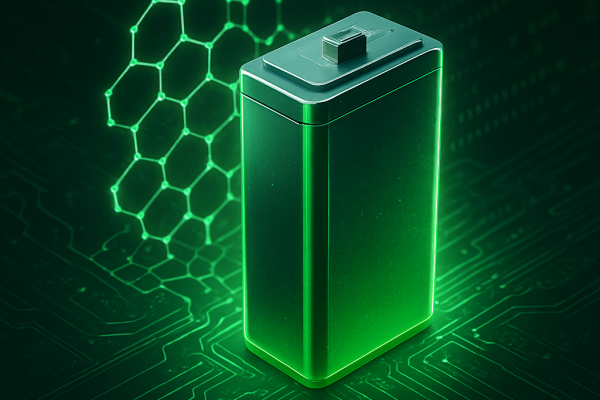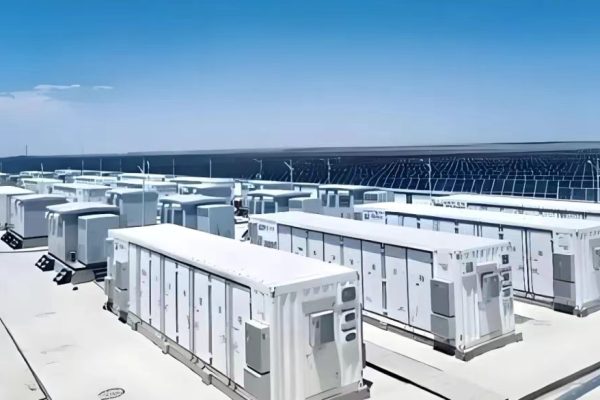Common Pitfalls and How to Mitigate Risk Across Borders
When Buying Energy Systems Is More Than Just a Transaction
For foreign buyers sourcing solar + battery systems, especially from regions like China, the procurement process involves more than comparing datasheets or choosing the lowest quote.
You’re not just buying a product — you’re trying to build a functioning system across time zones, regulations, and technical assumptions.
A great product can still fail if compatibility, packaging, or project understanding is missing.
1. Challenge: Fragmented Product Ecosystem
In the solar + storage space, most components — PV modules, inverters, batteries, BMS, breakers — come from different manufacturers.
Risks:
- Misaligned communication protocols (e.g., CAN vs. RS485 incompatibility)
- Voltage window mismatch between battery and inverter
- Mounting or cabling not compatible
🛠 Solution:
Work with suppliers who understand system-level integration, not just single product specs.
Ask: “Have you tested this battery with this inverter model before?”
Request: Pre-configured packages or wiring diagrams for your configuration.
2. Challenge: Spec Confusion and Version Drift
You may receive a datasheet in English, but:
- Firmware versions may vary by batch
- Some parameters (e.g. maximum charging current) are theoretical, not field-tested
- Optional features (e.g. Wi-Fi monitoring) may be disabled unless configured
⚠️ This creates frustration during installation — and costly delays if return shipping is involved.
🛠 Solution:
- Confirm specs in writing before production
- Ask for firmware version and changelog
- Require a pre-shipment test report or even remote video of operation
3. Challenge: After-Sales Support Gaps
Many manufacturers do not provide:
- English-language troubleshooting documentation
- Remote access platforms that work outside China
- Fast answers when you’re in a different time zone
And if something goes wrong, replacement parts or technical advice may take weeks — or never arrive.
🛠 Solution:
- Ask early: “What does your support look like after shipment?”
- Choose vendors that offer technical WhatsApp/WeChat lines, not just sales contacts
- Clarify DOA (dead on arrival) and RMA process before ordering
Consider hiring a technical trade partner — someone who understands both languages and systems.
4. Challenge: Logistics and Damage in Transit
Batteries and inverters are heavy, sensitive, and often under-insured.
- Improper packaging leads to bent terminals, scratched cases, or even internal damage
- Lithium batteries often face air freight restrictions
- Customs clearance delays due to incomplete MSDS or test reports
🛠 Solution:
- Confirm packaging: palletized, foamed, and edge-protected
- Request photos before dispatch
- Make sure UN38.3, MSDS, and local test reports (e.g., IEC, CE) are provided in advance
For ocean freight, ensure you get a full packing list with weights and dimensions to avoid surprises at destination.
5. Challenge: Cultural and Technical Miscommunication
A Chinese supplier may assume:
- “You’ll configure the inverter in the field.”
- “Of course you know to connect the BMS CAN port, not RS485.”
- “The system will be installed indoors in 25°C.”
But your site might be:
- In a dusty outdoor shed
- Operated by a non-technical team
- Subject to cold, humidity, or unstable grid voltage
🛠 Solution:
- Share a clear site description — usage scenario, temperature, mounting plan
- Provide photos or one-line diagrams if available
- Ask the supplier to simulate the load and environment before packing
Good suppliers will adjust settings or pre-program firmware if they understand your needs.
6. Challenge: Regulatory Requirements at the Destination
Some countries (e.g. Kenya, Jordan, Chile) require:
- Local testing
- Import permits for lithium batteries
- Grid-tied inverter compliance with local frequency/voltage standards
Failing to comply can lead to customs seizure or project rejection by local inspectors.
🛠 Solution:
- Ask if your supplier has shipped to your country before
- Verify test certifications (TÜV, CE, UL) — and ask for full PDFs, not just logos
- Hire a local consultant if needed to handle approvals
7. Challenge: Inflexible Package Offers from Suppliers
Some manufacturers insist on selling bundled kits (e.g. inverter + battery) that:
- Can’t be mixed with third-party components
- Come with rigid pricing or MOQ
- Are optimized for local market, not yours
🛠 Solution:
- Seek out flexible packaging models that allow:
- Only inverter or only battery
- Custom wiring or cabinet needs
- Pre-wired or knock-down kits
This lets you adapt the system to your site conditions or phased roll-out plan.
Navigate with Knowledge, Not Just Price
Procurement doesn’t stop at the quotation.
In solar + storage, product quality is only one piece. Integration, support, logistics, and clear expectations are just as critical.
The foreign buyers who succeed in this space tend to do one of the following:
✅ Build long-term relationships with technically fluent exporters
✅ Spend extra time confirming site specs and expectations
✅ Document everything — from firmware to physical layout — before shipment









